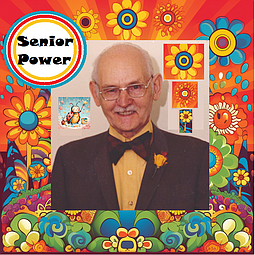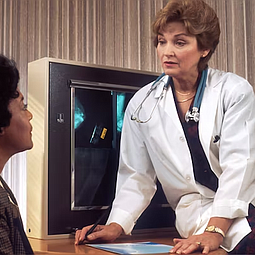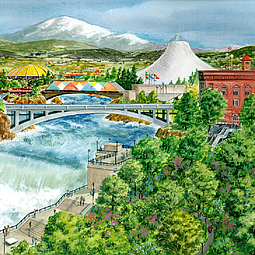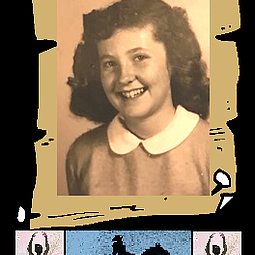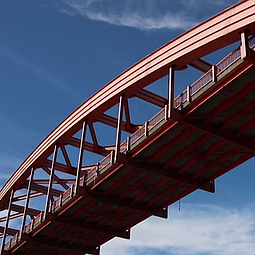A Legacy Rediscovered: Northwest Women Artists 1920-1970
January 24, 2024 at 1:25 p.m.
(left to right)
Anne Kutka McCosh, (1902-94), At the Millinery Shop, c.1938, Oil, Private Collection; Z. Vanessa Helder, (1904-68), Portrait of Blanche Luzader Morgan, c.1939, Oil, Private Collection; Mabel Lisle Ducasse, (1895-1976), Untitled [women having tea], c.1922, Oil, Collection of Lindsey and Carolyn Echelbarger
Featured artists include:
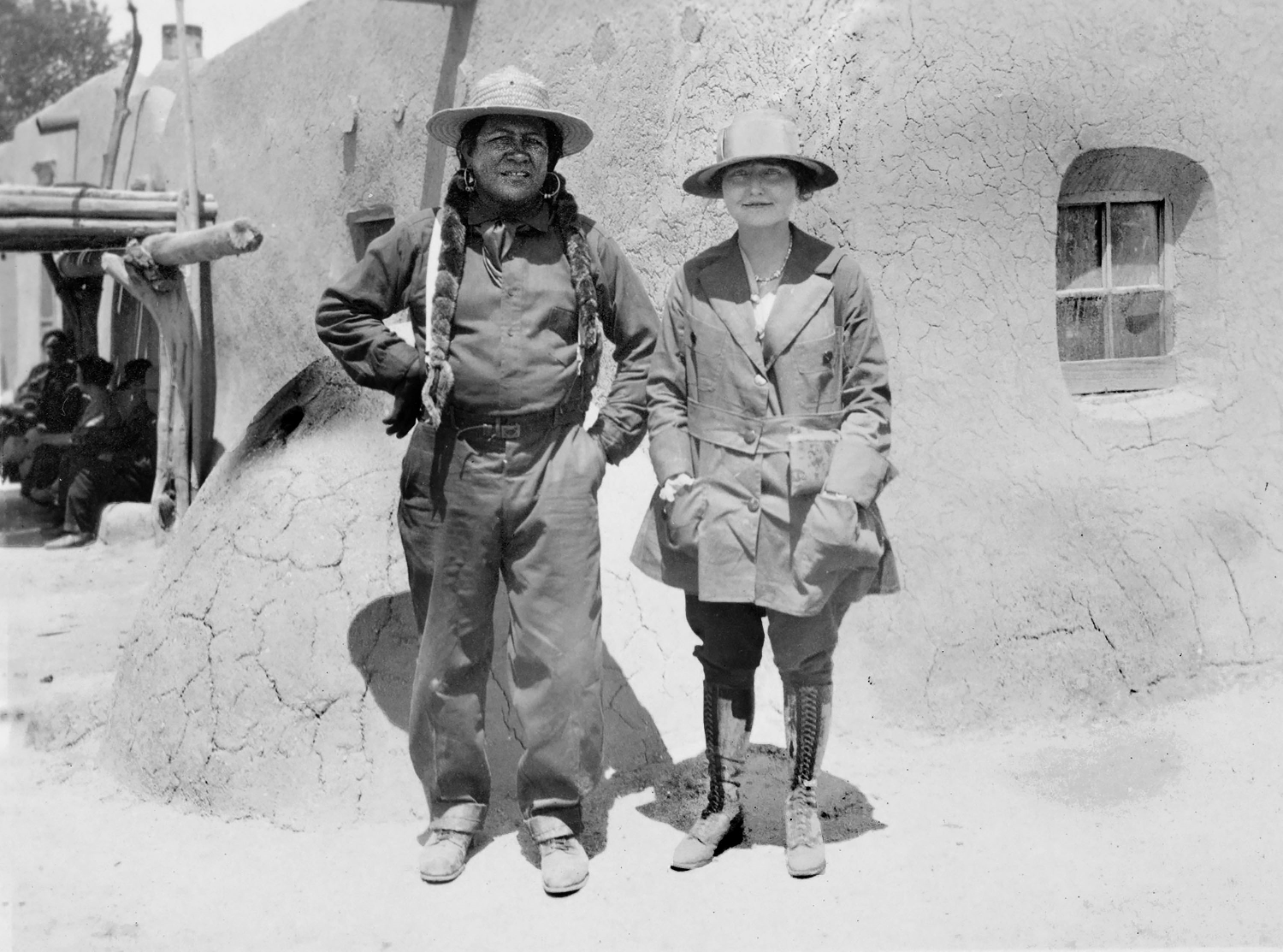 Louise Crow (right) with Agapito Pino, courtesy Cascadia Art Museum
Louise Crow (right) with Agapito Pino, courtesy Cascadia Art Museum
Margaret Tomkins (1916 - 2002). Margaret Tomkins was one of the leading painters of the Pacific Northwest, best known for her Surrealist works of the 1940s that earned her numerous national and regional awards. In the 1950s and '60s, her work evolved into an abstract and expressionist style that she maintained in various phases for the remainder of her artistic life. Tomkins was born in L.A. and studied art at the University of Southern California. Her first important national exhibition was at the 1939 New York Worlds Fair. Tomkins moved to Seattle in 1939 and briefly served as Assistant Professor of Art at the University of Washington. She had her first solo exhibition at the Seattle Art Museum and that same year became involved in the Federal Arts Projects. She and her husband, noted artist James H. FitzGerald, also worked in ceramics and even furniture design. In 1959, a devastating studio fire destroyed the majority of the couple's work, although they continued to produce art after the fire. Tomkins' work was included in numerous national exhibitions.
Lucia Wiley (1906-1998). Lucia Wiley was born in Tillamook, Oregon. She attended the University of Oregon, where she studied with Lance Wood Hart who introduced her to fresco and mural painting. Several of her mural studies are presented at the exhibition. Wiley began to paint frescos at public building locations in Minnesota before returning to Tillamook where she completed more frescos. In 1955, Miss Wiley left Oregon for New York City where she entered the Episcopal order of the Community of Holy Spirit. She became principal of the lower school at St. Hilda's and St. Hugh's school in New York. Sister Lucia also did illustrations in the Book of Common Prayer. She received the prestigious "Medal of Honor" awarded by the National Society of the Daughters of the American Revolution for outstanding community service in 1985 and was named one of the "Eight Best Mural Painters" in the nation. In 2023, Cascadia Art Museum was gifted numerous important works by Sister Lucia Wiley from the Community of Holy Spirit.
While the exhibition does not include some of the region's earliest women artists, the Cascadia Art Museum acknowledges their contributions. These early pioneers in Northwest women's art include Harriet Foster Beecher, who opened the first professional art studio in Seattle in 1881; Ella Shepard Bush, who founded the Seattle Art School in 1894; Lillian Anin Pettingill, who was the first instructor in Seattle to use live models in her classes.
It is important to note that the region's earliest arts groups were also organized primarily by women. They include the first arts organization in Seattle -- the Society of Seattle Artists which was established in 1904, and the Fine Arts Society -- founded in 1906 -- which became the Seattle Art Museum in 1933. By 1928, the Northwest Printmakers Society had formed, and ten of the twelve charter members were women. Women Painters of Washington was formed in 1930 and the Northwest watercolor Society was established by three women artists in 1940. Both organizations continue successfully to this day.
 David F. Martin, curator, Cascadia Art Museum
David F. Martin, curator, Cascadia Art Museum
Cascadia Art Museum is open Wednesday through Sunday, 11am to 5pm and is located at 190 Sunset Ave. S. in Edmonds. For more information, call 425-336-4809 or visit
![(left to right)
Anne Kutka McCosh, (1902-94), At the Millinery Shop, c.1938, Oil, Private Collection; Z. Vanessa Helder, (1904-68), Portrait of Blanche Luzader Morgan, c.1939, Oil, Private Collection; Mabel Lisle Ducasse, (1895-1976), Untitled [women having tea], c.1922, Oil, Collection of Lindsey and Carolyn Echelbarger](https://epmgsenior.media.clients.ellingtoncms.com/img/croppedphotos/2024/01/24/local_1-21-24_women_painters_main_image_HucF5tN_t1100.png?31a214c4405663fd4bc7e33e8c8cedcc07d61559)
